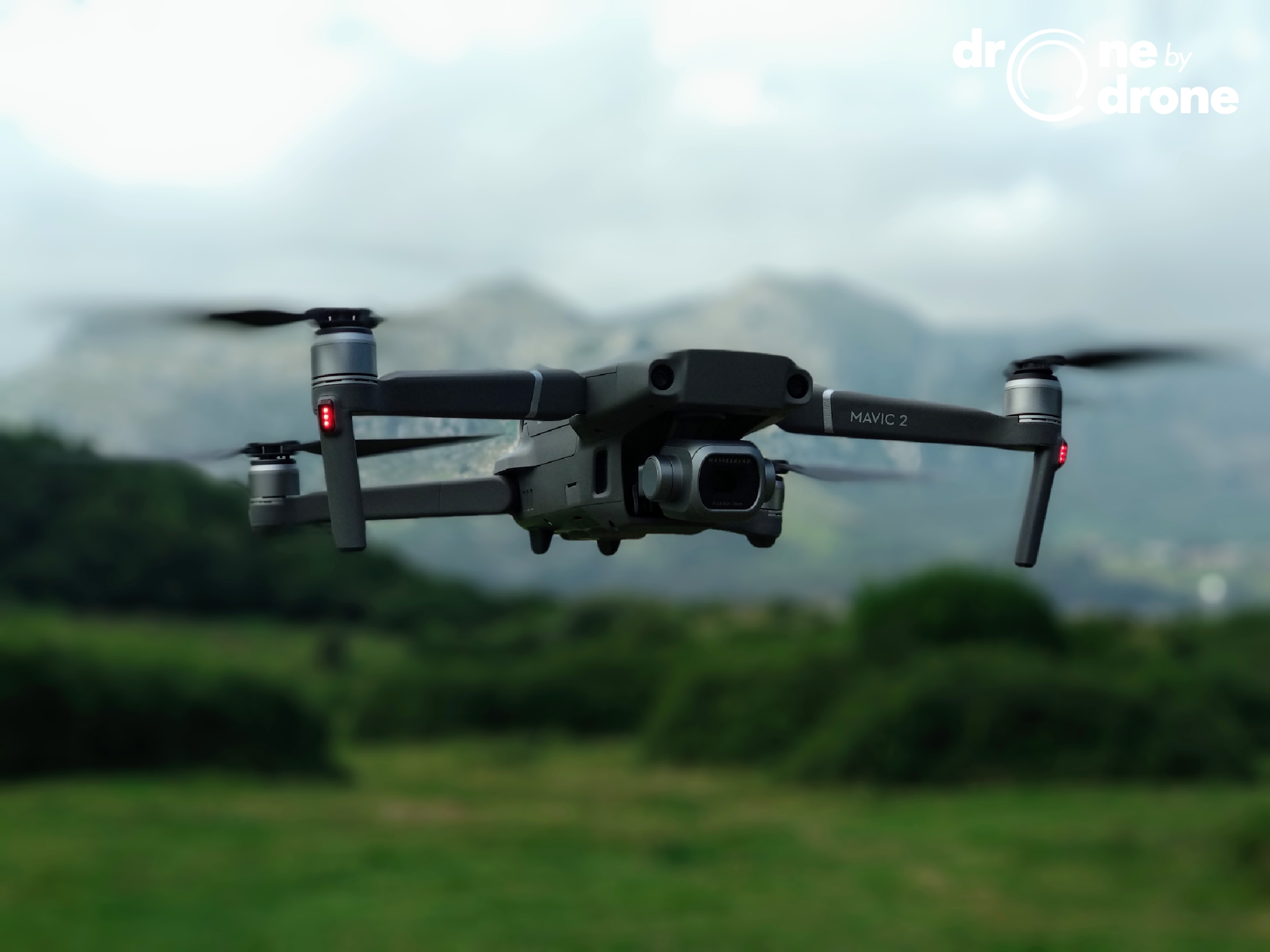Drone by Drone already has a DJI Mavic 2 Pro unit for tests and flights, of which we are drawing many conclusions.
The DJI Mavic 2 Pro, improved update of the previous DJI Mavic Pro, has interesting developments.
Highlights the improved camera. A camera signed by the Hasselblad brand with a sensor of 1 "(one inch) .This increase in the size of the sensor, together with the improvement of the dynamic range as well as the processing speed of up to 10 bits for the color profiles, represent a clear improvement over the previous model, allows HDR video recording in 10bits.
The Hasselblad camera L1D-20c (name of the camera that carries the Mavic 2 pro) has an electronic shutter and can capture images of 20Mp.
The possibility of shooting in manual, varying the aperture between f / 2.8-f / 11, will allow us to get the most out of the sensor in the most demanding conditions, assuming a great advance with respect to the Mavic Pro.
As for the drone or flight cell, it is worth highlighting many new features, the result of the electronic improvements to which the new device has been subjected.
The sensors stand out in their 360º and the APAS system, which allows us to be more protected than with the Mavic Pro that only had front and lower sensors. The APAS system will find an appropriate flight path to automatically dodge obstacles when flying manually.
The new flight batteries provide a bit more autonomy, as it could not be otherwise. In addition, by increasing the number of cells to 4, the flight characteristics of the Mavic 2 Pro are or may be more aggressive than those of its predecessor. Highlights especially its behavior in Sport mode, far superior to the Mavic Pro. In P mode, it may show a little slower than the Mavic Pro, although perhaps they are only sensations of these first flights.
The new flight modes introduced, based on artificial vision technologies, allow for more precise recordings of moving objects, although in some cases it has been less intuitive. In any case, the new flight modes based on the Active Track, represent an improvement.
The Hyperlapse function is another tool that facilitates some work, processing the drone itself the entire clip, without the need to go through editors.
In the initial software versions we miss other intelligent flight modes, such as Waypoint navigation, for example. We assume that they will be implemented with new software updates.
The DJI glasses, both the Goggles and the Goggles RE are compatible with the Mavic Pro 2, which is to be welcomed in this era of such continuous technological changes. This together with the possibility of the movement of the gimbal up to 75º on the side, broaden the cinematic possibilities of the new drone. Even without the glasses, you can rotate the camera using the application screen.
The general details of the drone, at first glance are spectacular, as DJI has accustomed us. It is appreciated that the slot for the cards is accessible without the need to completely unfold the legs of the drone, as was the case with the Mavic Pro. We will see how the durability of the different elements evolves.
The transport bag is a little bigger than the previous one, and allows you to travel with everything you need, including all the chargers and up to 4 flight batteries using all your pockets.
You can enjoy moving images in the following video that we have posted on our Youtube channel.
https://youtu.be/CLSISpx1c6w


